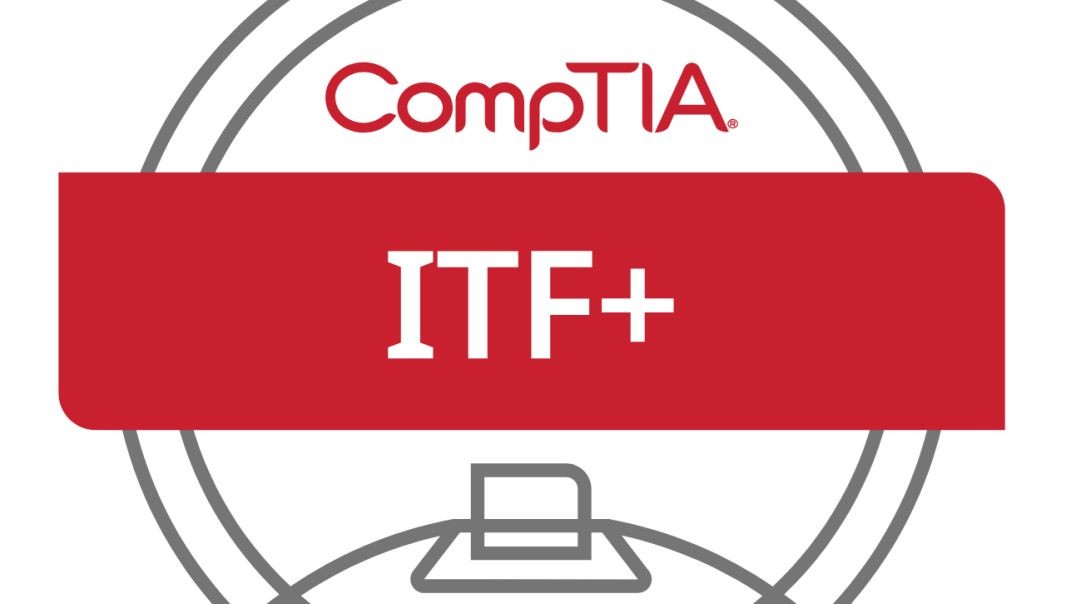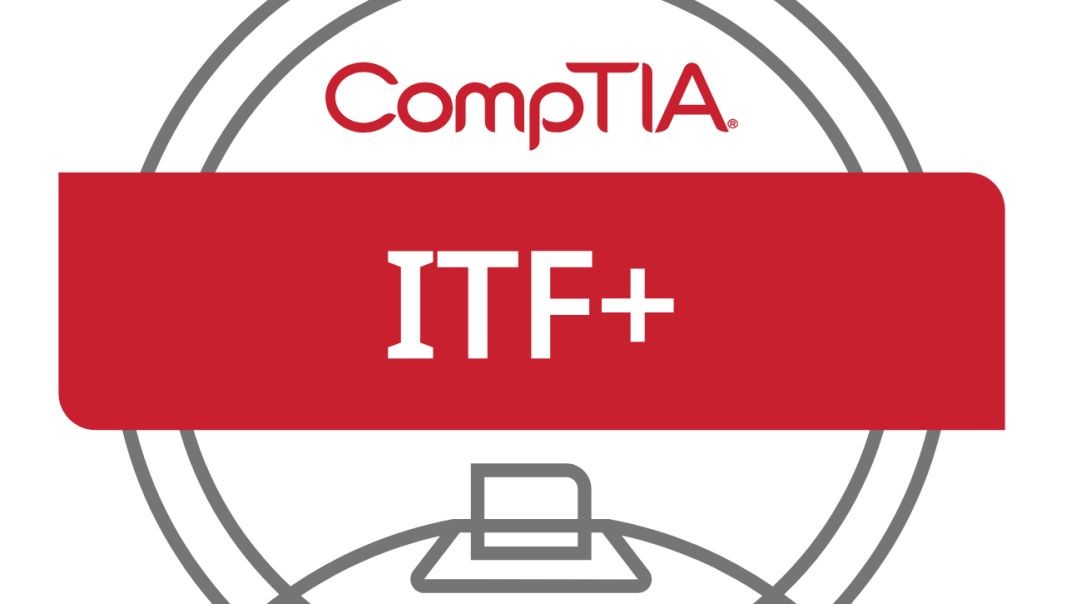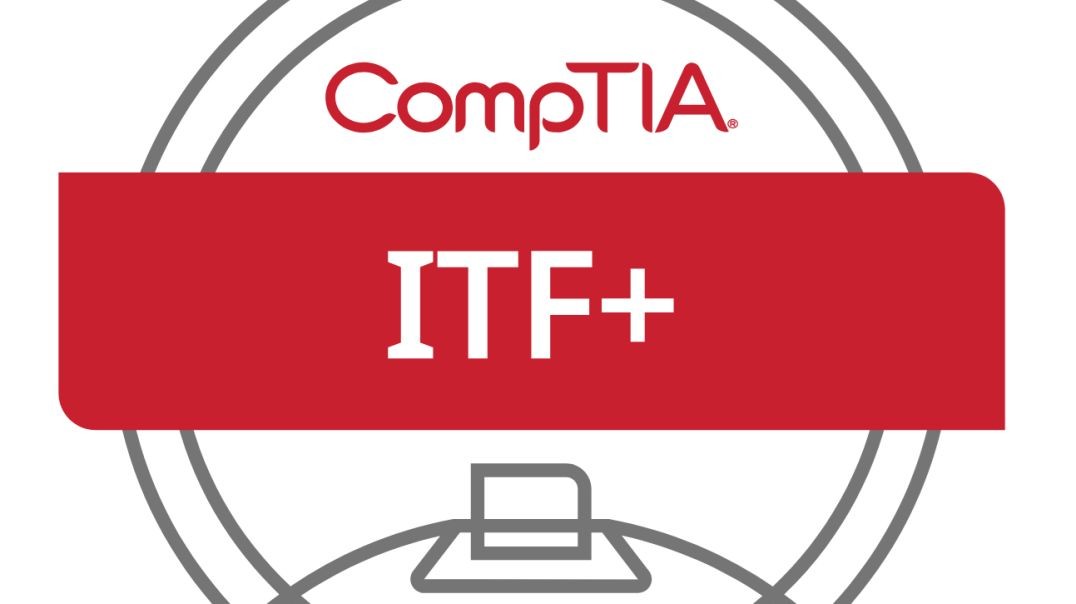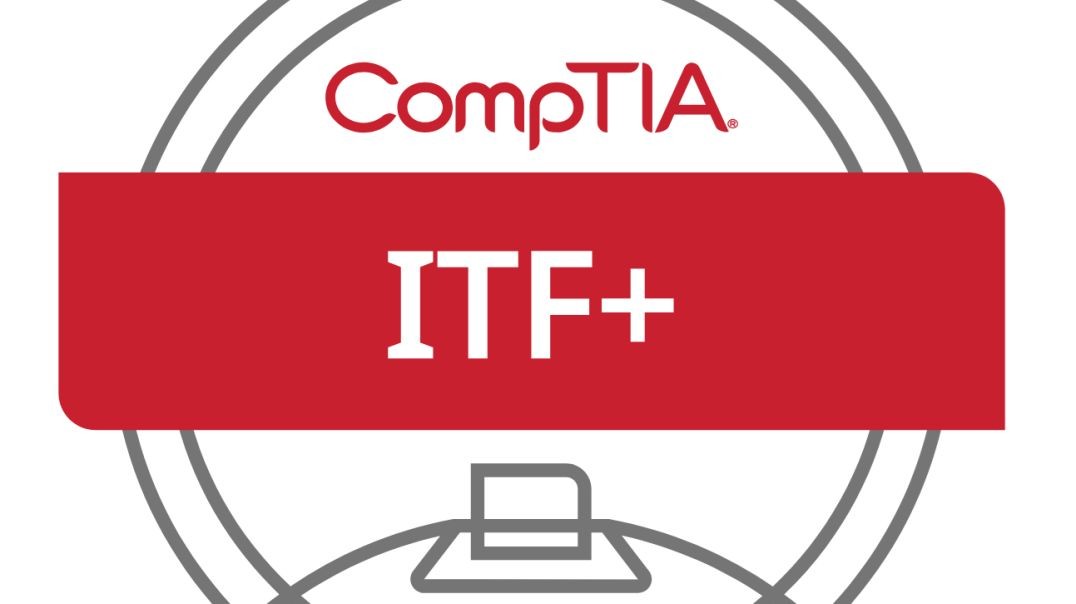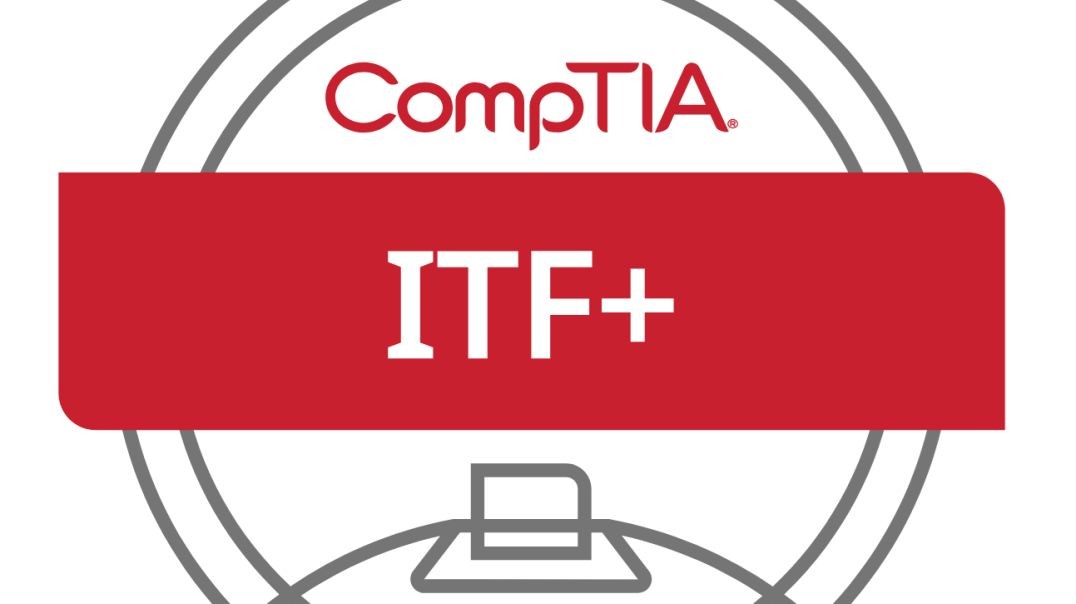Top videos
A good critique is a necessary way of testing out an idea, but developing a good negative case requires immense creativity to disprove the affirmative argument. Delve into the key arguments available to the negative: the disadvantages of the affirmative case, counterproposals, and critiques of the affirmative's assumptions.
CompTIA IT Fundamentals+ Course | Module 11 Part 2: Disk Partitions
The Egyptian viceroy Muhammad Ali is widely referred to as the Father of Modern Egypt. Learn about his bloody ascension to power, ending 600 years of intermittent Mamluk rule. Trace Ali's 43-year reign, during which he introduced a modern, European-style army, modern education, a professional civil service, and thriving industrial development.
CompTIA IT Fundamentals+ Course | Module 3 Part 7: Data-driven Business Decisions
Discover how a work or body of literature can become the core of an entire culture in this examination of the influence of Homer on the Greeks and of the centrality of the Vedas and Epics in the civilizations of ancient India.
Learn about the different kind of approach the course will take in its explorations of the ancient world and hear a story that perfectly illustrates the risks inherent in letting one's own cultural biases and limited perspective overly influence the interpretation of archaeological discoveries.
OSN-K Informatika 2024
Once each case is built, it's time for a cross-examination-a chance to interrogate your opponents to better understand their arguments, identify holes in their reasoning, and keep the audience engaged. This first of three lectures explores the history of debate and reflects on the goals of cross-examination.
CompTIA IT Fundamentals+ Course | Module 3 Part 6: Data Analytics
CompTIA IT Fundamentals+ Course | Module 15 Part 1: Software Development
CompTIA IT Fundamentals+ Course | Module 20 Part 6
CompTIA IT Fundamentals+ Course | Module 3 Part 5: Digital Security Investments
Module 3 Part 4: Software Licensing, Security, and Optimization
CompTIA IT Fundamentals+ Course | Module 19 Part 3
CompTIA IT Fundamentals+ Course | Module 6 Part 5: Network Connections

